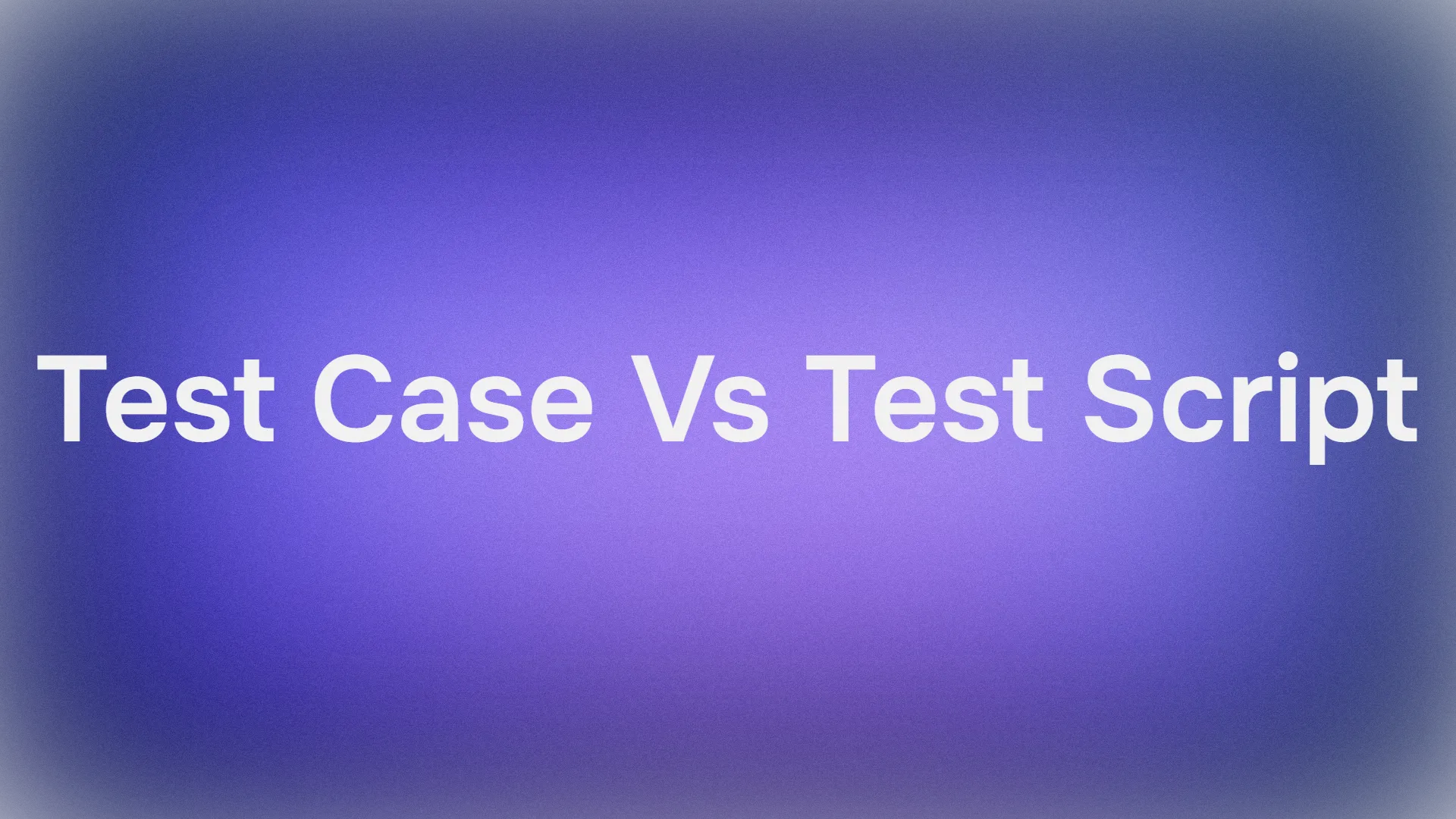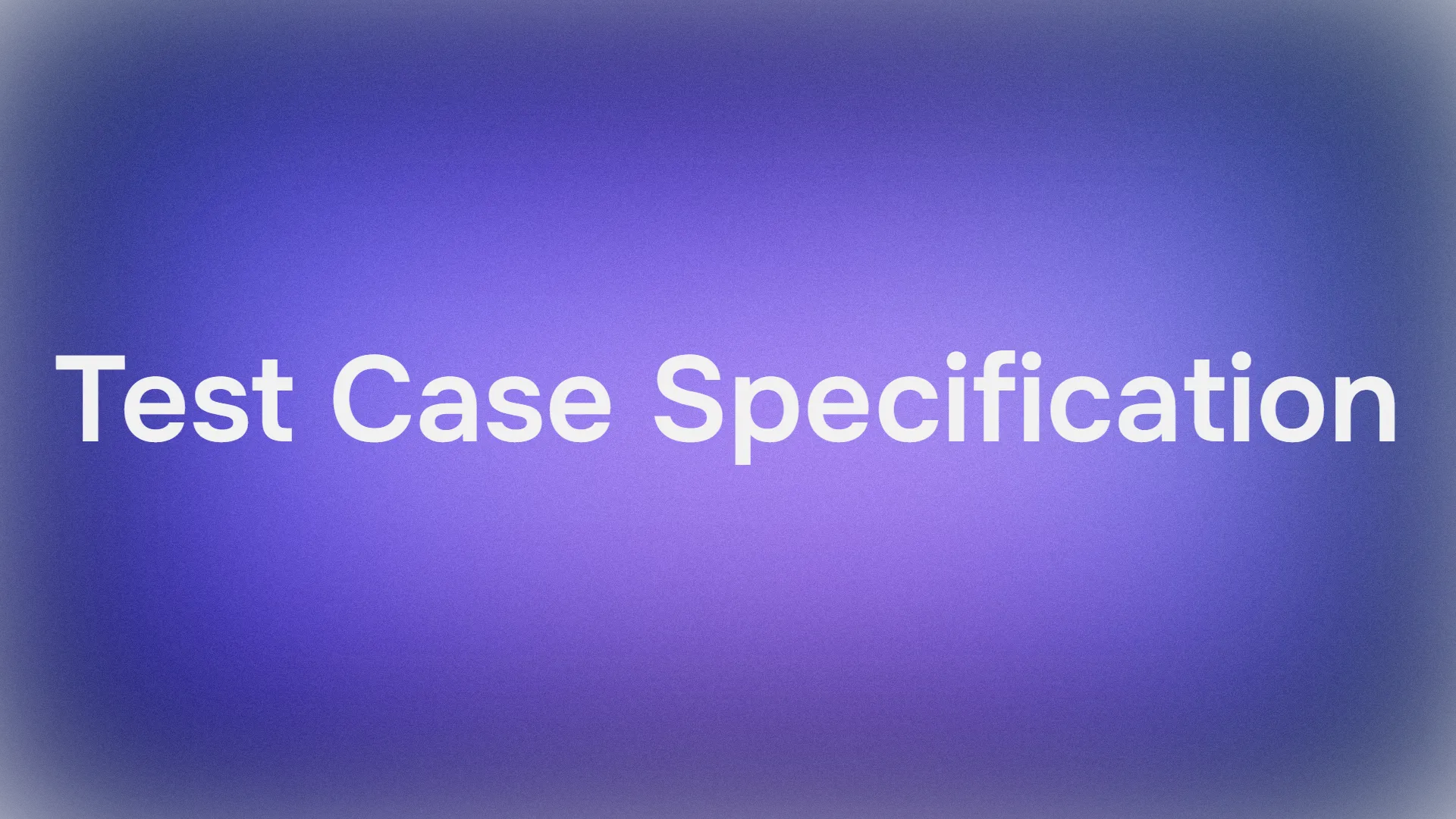API testing plays a crucial role in ensuring that your application functions as expected. In this world of constant updates, comparing test groups against control groups is a common approach to evaluating the effectiveness of changes. Whether you're testing a new feature or troubleshooting an issue, it's essential to understand the difference between test and control setups.
In this blog, we'll dive into the concepts of test and control in API testing, why they matter, and how you can leverage tools like Apidog to optimize this process.
What Is API Testing?
Before we delve into test and control groups, let's get the basics of API testing down. API stands for Application Programming Interface, and it essentially governs how different software components communicate with each other. When testing an API, you're ensuring that these components interact smoothly and efficiently. Whether you're validating data responses, ensuring performance, or checking security, API testing is your go-to method.
However, how do you measure the effectiveness of an API change? This is where test and control groups come into play.
The Concept of Test and Control
When it comes to software testing, especially API testing, the terms "test" and "control" refer to different groups or environments used to assess a particular feature or functionality. Understanding these two terms is crucial because they help you compare how effective changes are and whether they produce the desired results.
The Test Group: What Is It?
In the context of API testing, the test group refers to the version of the software where a specific change or experiment has been applied. This could be a new feature, an update, or an alteration in how the API communicates with other components.
For example, if you're testing a new authentication method for your API, the test group will include this new feature. The goal of the test group is to measure how the changes impact the application's performance, security, or functionality.
The Control Group: What Is It?
On the flip side, the control group remains unchanged. It acts as a benchmark against which the results of the test group can be compared. In our example of testing a new authentication method, the control group would use the old or existing authentication process.
The purpose of the control group is to provide a reliable point of reference. By comparing the results from the control group to the test group, you can determine if the new change has improved performance or caused unintended issues.
Why Is It Important to Understand the Difference?
So why is distinguishing between test and control groups so essential in API testing? Imagine rolling out a new feature without a way to compare its effectiveness against the old version. You'd have no way of knowing whether the change is beneficial or harmful.
By using a test group and a control group, you can:
- Measure Impact: Clearly see the effect of the changes made.
- Identify Issues Early: Quickly spot potential problems introduced by new code.
- Optimize Performance: Assess if new features improve overall performance or not.
- Mitigate Risks: Avoid rolling out detrimental changes across your entire system.
This is where tools like Apidog come in handy. Apidog allows you to set up test environments, track API performance, and easily manage both test and control groups, providing a streamlined way to compare and analyze the differences.
How to Set Up a Test and Control Group in API Testing
Establishing test and control groups requires a structured approach. Here’s a step-by-step guide to get started.
1. Define Your Objective
Before diving into any test, it’s essential to define what you’re testing. Are you evaluating a new API feature, or maybe assessing the speed of data retrieval? Defining your objective will help you clearly establish what success looks like.
For example, you may want to see if a new caching mechanism improves response time for a particular API endpoint.
2. Set Up the Control Group
The control group should represent the existing environment. It’s essential not to make any changes here because this is your baseline. Think of it as your reference point, the standard against which all future tests will be measured.
3. Implement the Test Group
Once your control group is set, create your test group. Apply the changes you want to evaluate. For instance, if you're testing a new API rate-limiting feature, implement it in this environment.
4. Monitor Results
Run your tests. Track the data and performance metrics from both the test and control groups. Tools like Apidog make this process easier by automatically tracking requests, monitoring responses, and gathering performance data. Whether you’re testing latency, error rates, or response accuracy, the comparison will help you assess how successful your API update is.
5. Analyze the Data
After running the tests, it’s time to analyze the results. This is where the difference between test vs control becomes clear. If your test group performs better than the control group, you’ve likely made a positive change. If not, it’s time to go back to the drawing board.
Common Metrics to Measure in API Testing
Whether you’re dealing with a test group or a control group, certain metrics are universally important. These include:
- Response Time: How long does the API take to respond to a request?
- Error Rate: Are there more or fewer errors in the test group compared to the control group?
- Data Accuracy: Is the API returning the expected data in both groups?
- Scalability: Can the test group handle the same load as the control group?
Apidog provides built-in features to track these metrics, making it easier to spot any differences between test and control groups quickly.
Example: A/B Testing for API Changes
A great way to visualize the test vs control setup in API testing is through A/B testing, a method commonly used in marketing but highly applicable to software development.
Scenario:
Let’s say you want to test a new API that delivers product recommendations to users.
- Test Group (Version A): Implements a new algorithm for product recommendations.
- Control Group (Version B): Uses the existing algorithm.
By running both versions simultaneously and measuring which one delivers more accurate or faster results, you can determine if the new algorithm should replace the old one.
The Role of Apidog in Streamlining API Testing
Setting up and managing test and control groups can be tricky, but Apidog simplifies this process. With Apidog, you can:
- Automate your API tests.
- Track key performance indicators across both test and control groups.
- Easily compare the results to understand the impact of any changes.
Apidog's intuitive interface and automation features save you time and reduce the chances of human error, allowing you to focus on optimizing your API rather than troubleshooting issues.
Wrapping Up: Test vs Control in API Testing
In summary, understanding the difference between test and control groups in API testing is vital for rolling out successful changes. Whether you're comparing performance, security, or data integrity, the insights gained from this approach are invaluable.
And remember, tools like Apidog make the whole process easier and more efficient, allowing you to quickly spot any potential issues and optimize your APIs. Don’t just take our word for it—download Apidog for free today and streamline your API testing.



